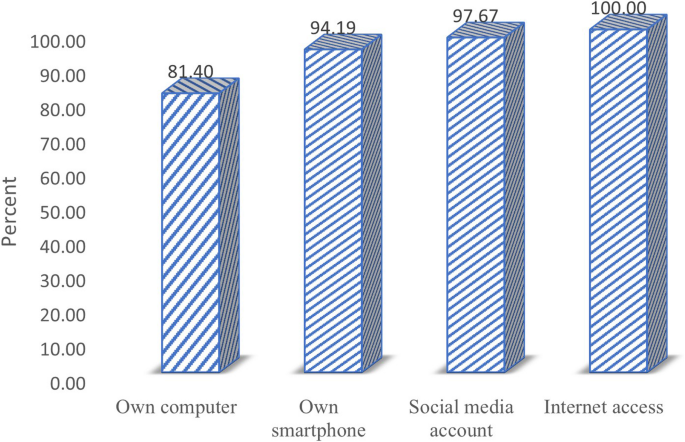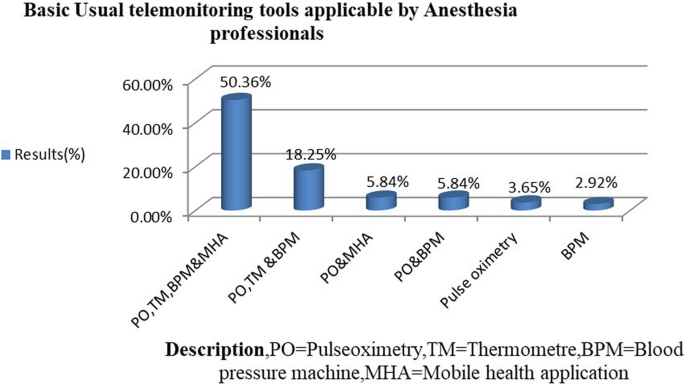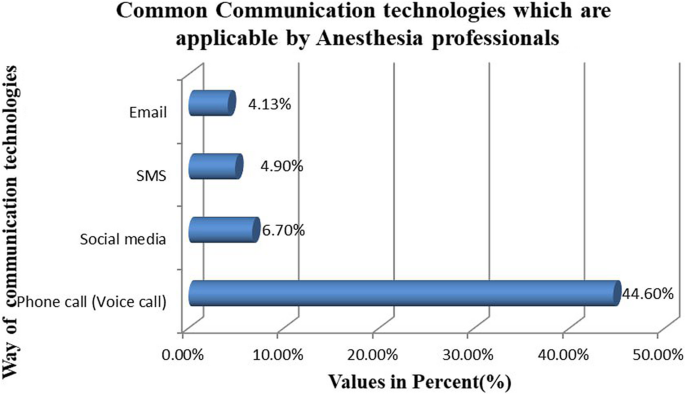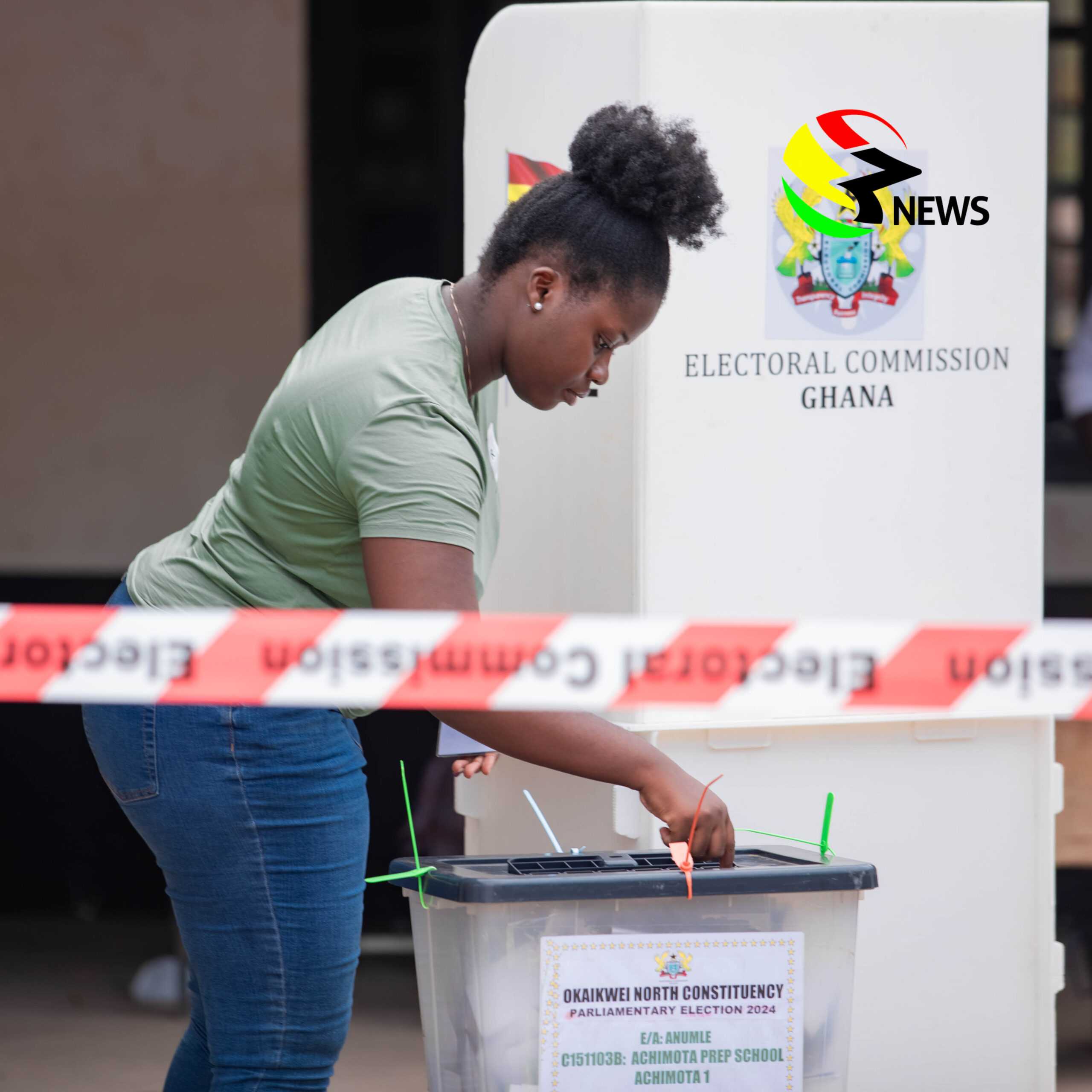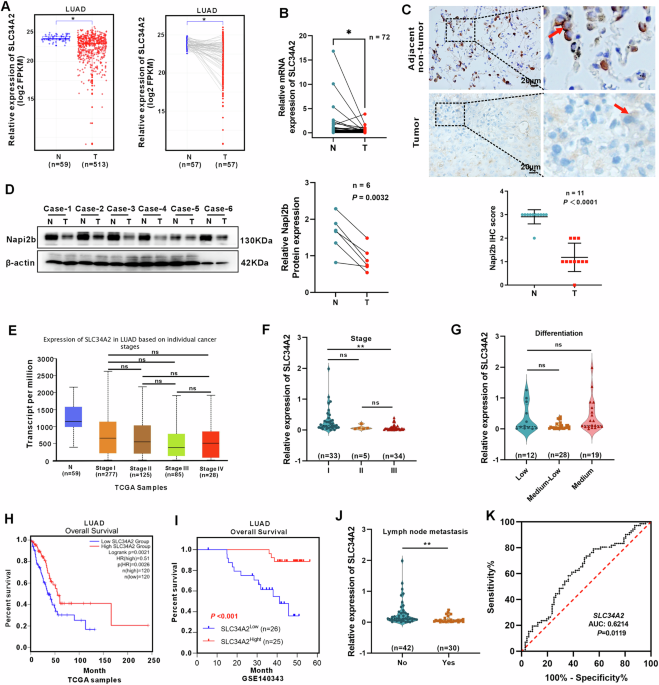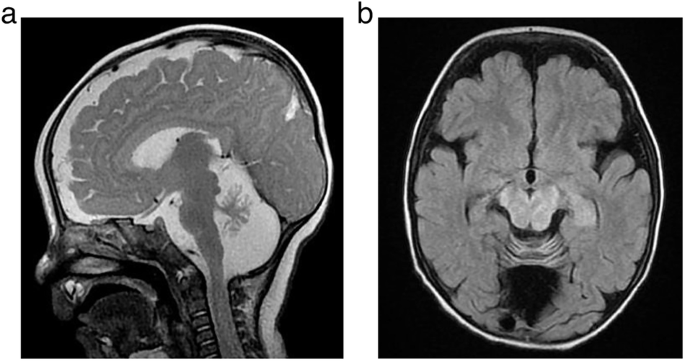BMC Health Services Research volume 25, Article number: 860 (2025) Cite this article
AbstractSection Background
Telemonitoring is delivering healthcare services from a distance by all healthcare professionals using audio, video, and other information and communication technologies, and it has beneficial outcomes in anesthesia practice. However, in the Ethiopian context, studies on telemonitoring are few and confined to nurses and general auctioneers for follow-up of patients with chronic illness. Therefore, this study aims to assess the awareness and readiness of anesthetists working in Northwest Ethiopia to utilize telemonitoring for perioperative patient care.
AbstractSection Methods and materials
This web-based cross-sectional survey was conducted from September 1 to December 30, 2022, in Amhara regional state hospitals in Northwest Ethiopia using a pretested, self-administered electronic-based questionnaire. The primary outcome variable was awareness of telemonitoring, which was assessed by a question to be answered in either ‘yes’ or ‘no’:‘. The secondary outcome variable was readiness to use telemonitoring, which was assessed using a scale labeled as high, moderate, and low readiness. Multilevel binary and ordinal and binary logistic regression were employed in the data analysis to identify the factors associated with awareness and readiness to use telemonitoring in perioperative care.
AbstractSection Results
Of 172 anesthetists included, 83 (48.25%) reported being aware of telemonitoring. Regarding readiness to utilize telemonitoring, 25 (14.53%), 135 (78.49%), and 13 (6.98%), of the participants demonstrated high, moderate, and low-level readiness for telemonitoring, respectively. The study found that anesthetists who had personal computers (adjusted odds ratio (AOR) = 11.56, 95% CI: 2.30, 57.81), an internet access in their work area (AOR = 10.71, 95% CI: 3.11, 36.95), computer-related training (AOR = 3.88, 95% CI: 1.47, 10.73), and academic staff participants (AOR = 2.91, 95%CI: 1.05, 8.01) were significantly associated with the awareness of telemonitoring. The readiness to utilize telemonitoring was favorably correlated with variables of daily computer use (AOR = 1.56), receiving information technology support (AOR = 3.29) and positive attitude toward information communication technology in future healthcare (AOR = 4.30).
AbstractSection Conclusion
Nearly half of the anesthetists in Northwest Ethiopia were aware of telemonitoring; moreover, more than 90% of anesthetists demonstrate moderate to high readiness to this technology. We recommended that improving access to the internet, personal computers, and computer-related training, along with providing information technology support, will be crucial in fostering awareness and readiness for telemonitoring adoption.
Telemonitoring is part of telemedicine, defined as the delivery of healthcare services from a distance by all healthcare professionals using audio, video, and other information and communication technologies [1, 2]. This involves the exchange of valid information for diagnosis, treatment, research, and evaluation, as well as for the education of healthcare providers [3]. Telemonitoring is important for anesthesia care providers for transmitting symptom scores and physiological data, such as heart rate, blood pressure, oxygen saturation, and weight, directly to care providers via automated electronic means or web-based or phone-based data entry [4]. Telemonitoring was applied to various anesthesia units, including general anesthesia, pre-anesthetic planning, and perioperative vital sign monitoring with the integration of various technologies [5].
Reports from developed countries revealed that telemonitoring in anesthesia practice had beneficial outcomes, including remote control of anesthesia and physiologic data, audio, and images on a consistent data platform to effectively manage the operative plan, airway, and intraoperative decisions [5,6,7,8]. The applicability of telemonitoring in low-income countries is limited by several barriers, including technological issues such as lack of access to computers, computer-related training, and negative attitudes toward information and communication technology (ICT) [9, 10]. In addition, the lack of essential technological equipment, internet connection, and no established rules for telemonitoring among anesthetists was another predictive factor of the low applicability of telemonitoring access in low-income countries [11,12,13]. Furthermore, personal and organizational factors that affect healthcare providers to utilize telemonitoring are age, gender, computer access, computer skills, technical personnel, and computer-related training [10, 14,15,16,17,18,19,20,21].
Potential benefits of telemonitoring are enhanced patient safety, evidence-based decision-making, and accelerated patient recovery [22, 23]. Assessing anesthetist awareness and their readiness for telemonitoring in perioperative care is essential for successfully integrating this technology [24]. However, in Ethiopia, studies on telemonitoring are few and confined to nurses and general auctioneers for follow-up of patients with chronic illness [25, 26].
As of our literature search, research on telemonitoring in perioperative practice has not been previously studied in Ethiopia, which limits the practical integration of the technology into perioperative patient care. Since anesthetists play a vital role in perioperative patient care, this study aims to assess the awareness and readiness of anesthetists working in Northwest Ethiopia to utilize telemonitoring for perioperative patient care. This study will help to inform stakeholders of tailored strategies to scale telemonitoring in ways that complement Ethiopia’s anesthesia workforce challenges and infrastructure realities.
This web-based cross-sectional survey was conducted in Amhara regional state hospitals in Northwest Ethiopia from September 1 to December 30, 2022. Anesthetists in the study area work in four comprehensive specialized hospitals, five general hospitals, 17 primary hospitals, two health centers, and two health science colleges.
All anesthetists working for at least six months at the hospitals were eligible for this study. Those on sick, and maternal leave during the study period were excluded.
The online survey questionnaire was delivered using Google Form via Telegram group (a Telegram group that contains the vast majority of anesthetists who practice in Amhara Hospitals, Ethiopia). The Ethiopian Association of Anesthetists regional chapter office created the group to share information and updates regarding overall regional anesthesia practice. We used a data collection tool that was previously used to assess awareness and readiness to use telemonitoring among health professionals in Ethiopia [27, 28]. We modified it slightly based on previously published studies to fit anesthesia practitioners. The questionnaire was divided into five sections. The first section consisted of ten items assessing participants’ demographic information and access to basic technical information. The second section evaluates organizational information. The third section assesses awareness and use of telemonitoring. The fourth section assesses readiness to use telemonitoring. The fifth section evaluates computer skills and innovation. The sixth section assess information regarding the privacy and security of telemonitoring.
A yes/no question assessed awareness of telemonitoring (Have you ever heard about telemonitoring?). Anesthetists’ readiness was evaluated using seventeen items, each with a 5-point Likert scale ranging from 1 = “strongly disagree” to 5 = “strongly agree.” Three readiness categories were identified based on the results: high, moderate, and low. As a previous study that validated this tool indicated, those who scored more than 81 points were classified as highly ready, those who scored between 61 and 80 points as moderately ready, and those who scored between 0 and 60 points as poorly ready [27]. The complete questionnaire is provided as supplemental material (Supplemental file 1).
The primary outcome variable was awareness of telemonitoring, which was assessed by a question to be answered in either ‘yes’ or ‘no’: Aware if the participant answered ‘yes’ to the question and unaware if the participant answered ‘no’. The secondary outcome variable was readiness to use telemonitoring, which was assessed using a scale labeled as high, moderate, and low readiness. The explanatory variables were age, sex, educational status, employment position, work experience, access to basic technology and knowledge, attitude, and perception of innovation.
Positive/negative attitude: an attitude score above or equal to the mean score was categorized as having a positive attitude, while a score below the mean score was categorized as a negative attitude.
Following data collection, STATA version 17 was used for data analysis. Descriptive statistics were presented in the form of tables and figures. Frequency and percentage were used to report categorical variables. The normality of data was checked using Q-Q plots. Mean with standard deviation and median with interquartile range were used to describe symmetrical and asymmetrical continuous data, respectively. The variance inflation factor was used to evaluate multicollinearity among explanatory variables. A multilevel binary logistic regression model was used to assess the association between variables and awareness about telemonitoring. In addition, a multilevel ordinal logistic regression model was used to identify factors associated with readiness to use telemonitoring. Adjusted and crude odds ratios and their 95% confidence interval were used as indicators of the strength of the association. A p < 0.05 was used as a cut-off level to declare statistical significance.
Due to the hierarchical nature of the data, anesthetists were nested within cluster/health facilities; we have fitted four models separately for both logistic models (binary and ordinal). The null model was fitted without explanatory variables to test random intercept variability and estimate the intraclass correlation coefficient (ICC). Clustering was observed with an intraclass correlation coefficient (ICC = 9.0%). Model I and Model II were adjusted for individual-level and health-facility-level variables, respectively. Model III was the final model adjusted simultaneously for individual and health-facility level variables. The Akaike’s Information Criterion (AIC) and Bayesian Information Criterion (BIC) were used to select the model, and the model with low AIC and BIC values was considered the best-fitted model. Model III was found to be best fitted for the data.
This study contented the Strengthening of the Reporting of Observational Studies in Epidemiology (STROBE) guidelines for observational studies.
Of 239 anesthetists working in the study area reached, 172 (71.96%) responded to the survey. The majority of anesthetists who completed the survey were males (79.65%) and aged < 30 years (63.37%). Regarding educational status, more than half (56.40%) of the study subjects had a BSc degree. Most (62.79%) of anesthetists included in this study were employed as academic staff. Concerning the level of health facilities where anesthetists work, more than three-fifths (62.79%) of them work at comprehensive specialized hospitals. The majority (59.30%) of study subjects had a work experience of less than five years (Table 1). Regarding access to basic technologies, the most frequently accessed technology among anesthetists was the internet (100.00%) followed by social media accounts (97.67%) and smartphones (94.19%) (Fig. 1).
Regarding the practice of anesthetists towards telemonitoring, two (1.16%), five (2.91%) and five (2.91%) anesthetists reported utilizing pulse oximetry, blood pressure equipment, and mobile health applications as single telemonitoring instruments to monitor patients, respectively (Fig. 2). Most anesthetists commonly use communication technologies such as phone (voice call) (44.63%; 54/121). Less commonly used communication technologies include SMS (4.96%; 6/121), email (4.13%; 5/121), social media (6.61%; 8/121), and video call (2.48%; 3/121) (Fig. 3).
Anesthetists’ awareness and readiness for telemonitoring
In this survey, 83 (48.25%) anesthetists reported being aware of telemonitoring. Regarding readiness to utilize telemonitoring, 25 (14.53%), 135 (78.49%), and 13 (6.98%), of the participants demonstrated high, moderate, and low-level readiness for telemonitoring, respectively.
After adjusting for the individual effects of the confounders, participants who had computer-related training were nearly four times more likely to be aware of telemonitoring than those who did not take computer training (AOR = 3.88, 95% CI: 1.47, 10.73). Anesthetists who were employed in academic positions were nearly three times more likely to be aware of telemonitoring than clinical anesthetists after controlling for all other variables (AOR = 2.91, 95% CI: 1.05, 8.01). Anesthesia providers with personal computers were 11.56 times more likely to be aware of telemonitoring than those without computers, holding all other factors constant (AOR = 11.56, 95% CI: 2.30, 57.81). When controlling for other potential confounding factors, anesthetists who have internet access in their working were 10.71 times more likely than those without it to be aware of telemonitoring (AOR = 10.71, 95% CI: 3.11, 36.95) (Table 2).
To ensure that the effects of the other variables met the parallel-line assumption, the PPOM with a logit function was fitted using variables that changed between equations. The final model’s global Wald test complies with the proportional odds assumption. The readiness to utilize telemonitoring was favorably correlated with variables like IT support for healthcare and attitude toward ICT in future healthcare. Compared to never using a computer at work, daily computer use is linked to a 1.56 (AOR = 1.56) times higher probability of falling into the “average and high readiness for telemonitoring” groups. Similar to possessing a computer, this effect is statistically significant (p-value = 0.022).
Anesthetists receiving IT support have significantly higher odds (AOR = 3.29) of being in the “average and high readiness to utilize telemonitoring” categories than those without IT support (p-value = 0.004). A positive attitude about ICT in future health care is strongly associated with the readiness to use telemonitoring. Participants with a positive attitude have substantially higher odds (AOR = 4.30) of being in the “average and high readiness for telemonitoring” categories compared to those with a negative attitude (p-value < 0.001) (Table 3).
To the best of our search, no research has been conducted in Ethiopia on anesthesia providers’ awareness of telemonitoring applications. This study attempts to bridge this information gap. Our study indicates that 48.3% of anesthetists were aware of telemonitoring. To the best of our knowledge, there are no comparable studies with similar results. However, a study conducted in Iran and Saudi Arabia found that the majority of participants were aware of telemonitoring [29]. The reason might be a difference in health system resources and accessibility of essential telemonitoring equipment [30, 31]. Another reason for this difference might be the lack of an effective eHealth policy framework in low and lower-middle-income countries, including Ethiopia [32].
Anesthetists with computer-related training, internet/computer access, and academic appointments were more likely to be familiar with telemonitoring. This finding is consistent with studies from Japan [15], India [33], and Bangladesh [34]. The possible explanation for this link might be that anesthetists who received computer-related training might be more likely to become familiar with the language support system, utilize technology, and receive computer-related training [10, 35]. Educational interventions such as training on telemonitoring have been proven to increase health professionals’ knowledge, self-efficacy, and usage of telemonitoring [36]. Inclusive packages of capacity building to improve computer literacy access to computers and internet are regarded for successfully implementing this technology in clinical practice [37].
In this study, 78.5% of participants have moderate readiness. This result is in line with a study conducted in Canada [38]. This could be because most participants work in a comprehensive specialized hospital with computers and internet access. Besides, 7% of participants showed an average lower readiness for telemonitoring. This result is slightly lower than a study conducted in Nigeria [21]. The possible justifications were a lack of computer-related training, internet access, and remote health facilities [27].
According to this study, 14.5% of anesthetists are highly ready to use telemonitoring, while 88.6% of anesthesia professionals in a Saudi Arabian study expressed readiness to use telemonitoring in anesthesia [39]. The plausible explanations were the clinical practice site’s well-organized infrastructure and the availability of technological guidelines that encourage using ICT tools for patient care [16].
Anesthesia providers receiving IT support have significantly higher odds of being in the “average and high readiness for telemonitoring” categories than those without IT support. This study is similar to a study conducted in America [40]. The reason might be that those personal digital assistants associated with equipped information technologies support increased readiness to use telemonitoring in anesthesia [41].
The main limitation of this study was the limited sample size and cross-sectional methodology, which limited the ability to establish causal relationships between readiness, awareness, and influencing factors. In addition, we assessed awareness with a single question, yes/no, which limits the ability to capture an individual’s awareness/knowledge fully. Furthermore, the sample is heavily skewed toward young (< 30 years) and academic anesthetists, which might limit generalizability.
Nearly half of the anesthetists in Northwest Ethiopia were aware of telemonitoring; moreover, more than 90% of anesthetists demonstrate moderate to high readiness for this technology. Factors influencing telemonitoring awareness included computer-related training, personal computer ownership, and technical skills. Additionally, daily computer use at work, IT support, and a positive attitude towards ICT were associated with higher readiness for telemonitoring.
Based on the findings of this study, we recommended that improving access to the internet, personal computers, and computer-related training, along with providing IT support, will be crucial in fostering awareness and readiness for telemonitoring adoption. This will contribute to the successful implementation of telemonitoring and its potential benefits for patient care.
The data generated during and analyzed during this study are available from the corresponding request upon a reasonable request.
- AOR:
-
Adjusted odds ratio
- COR:
-
Crude odds ratio
- IT:
-
Information technology
- ICT:
-
Information communication technology
We would like to acknowledge all anesthesia professionals participated in this study.
This study was conducted in accordance with the ethical principles outlined in the Declaration of Helsinki. Ethical approval to conduct this study was obtained from the institutional review board (IRB) of the College of Medicine and Health Science, Bahir Dar University, Ethiopia. Written informed consent was obtained from all study subjects prior to data collection. All methods were carried out in accordance with relevant guidelines and regulations.
Not applicable.
The authors declare no competing interests.
Springer Nature remains neutral with regard to jurisdictional claims in published maps and institutional affiliations.
Open Access This article is licensed under a Creative Commons Attribution-NonCommercial-NoDerivatives 4.0 International License, which permits any non-commercial use, sharing, distribution and reproduction in any medium or format, as long as you give appropriate credit to the original author(s) and the source, provide a link to the Creative Commons licence, and indicate if you modified the licensed material. You do not have permission under this licence to share adapted material derived from this article or parts of it. The images or other third party material in this article are included in the article’s Creative Commons licence, unless indicated otherwise in a credit line to the material. If material is not included in the article’s Creative Commons licence and your intended use is not permitted by statutory regulation or exceeds the permitted use, you will need to obtain permission directly from the copyright holder. To view a copy of this licence, visit http://creativecommons.org/licenses/by-nc-nd/4.0/.
Endeshaw, A.S., Bayu, H.T., Demilie, A.E. et al. Anesthetists’ awareness and readiness for telemonitoring in perioperative care: a web-based cross-sectional survey in Northwest Ethiopia. BMC Health Serv Res 25, 860 (2025). https://doi.org/10.1186/s12913-025-13003-1
Received:
Accepted:
Published:
DOI: https://doi.org/10.1186/s12913-025-13003-1
